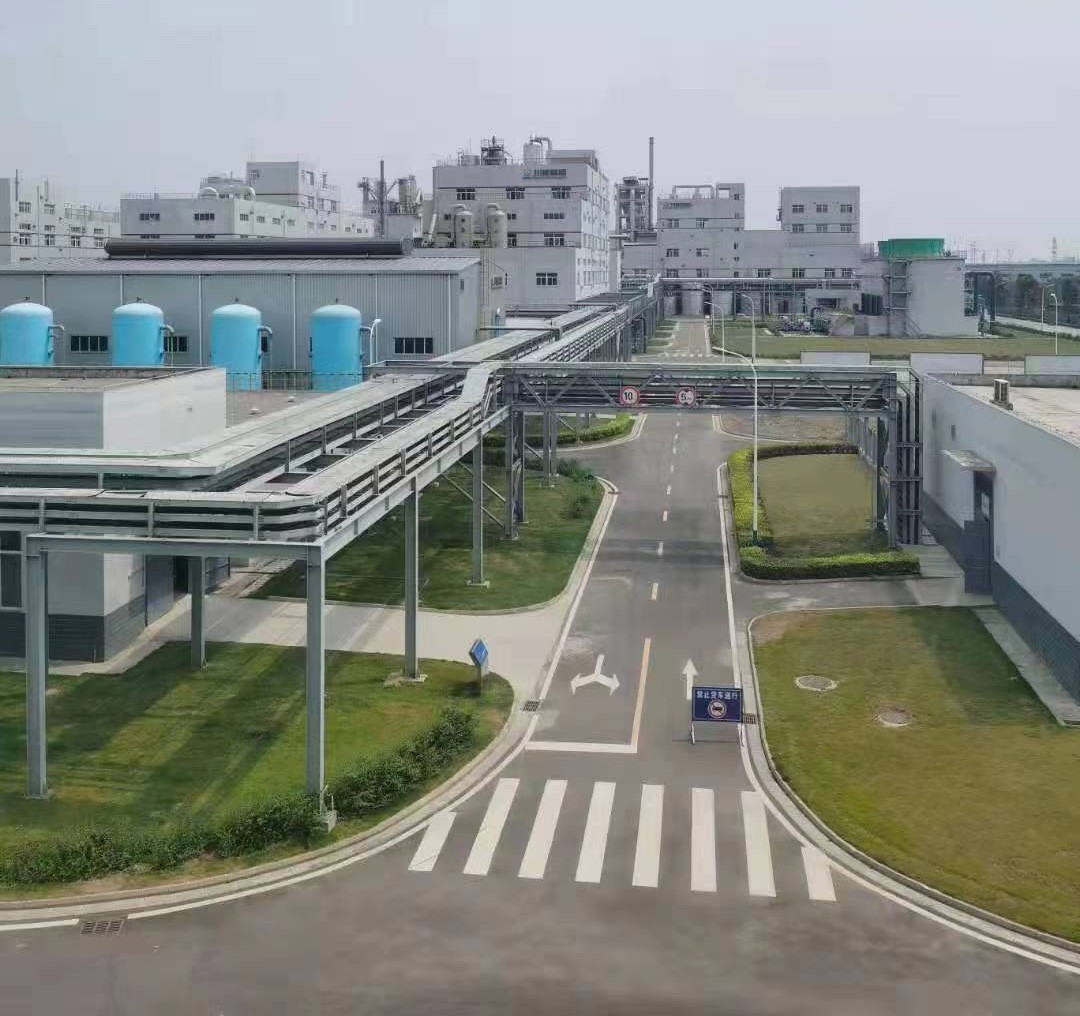Increased LFP battery production may change the supply landscape?
Jan,02,25
Increased LFP battery production may change the supply landscape?
According to foreign media reports, a new analysis by McKinsey & Company shows that by 2030, the global demand for electric vehicles could put pressure on the raw material supply of batteries.
McKinsey predicts that electric vehicle sales will increase fivefold in 2030, from about 4.5 million in 2021 to 28 million. However, analysts believe that it may be difficult for manufacturers of battery raw material to keep up with the increase in demand.
Mckinsey predicts that the supply of lithium will increase with the more and more extensive application of direct extraction technology in mining industry. However, demand of battery manufacturers for lithium will increase significantly. Battery suppliers currently account for 80% of the world's lithium use, and by 2030, this proportion could increase to 95%.
Although it is expected that nickel mining will also increase, if market demand for nickel-cobalt-manganese (NMC) lithium ternary batteries grows as expected by McKinsey, it could lead to a shortage of nickel supply. In this case, the battery industry would compete with the iron and steel industry for lithium supply (the latter uses nickel to produce stainless steel) Mckinsey pointed out that by the end of 2030, the nickel consumption of these two industries will both increase.
However, this prediction assumes that NMC batteries still dominate. McKinsey acknowledges that there is growing market interest in lithium iron phosphate (LFP) batteries, noting that increased LFP battery production could change the supply landscape.
In order to increase the production of LFP battery, the European Union and the United States may increase their efforts to exploit new sources of raw materials. However, during the incoming Donald Trump administration, American policy may change, which could weaken the cost advantage of the United States over China in battery production.
In addition, some companies are still studying the reuse and recovery technologies of battery materials, as well as alternative battery types other than LFP. These technologies may be put into use on a small scale before 2030, thus alleviating the supply pressure of major raw materials to some extent.
On the other hand, in a report released in November this year, Goldman Sachs pointed out that the price of electric vehicle batteries could drop by 50% in 2026, partly because the prices of raw materials such as lithium and cobalt will drop.






